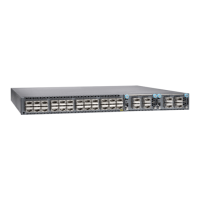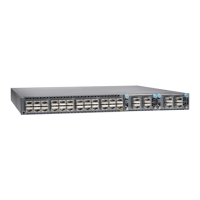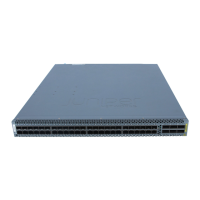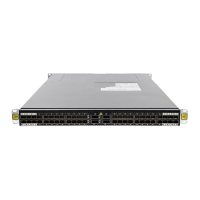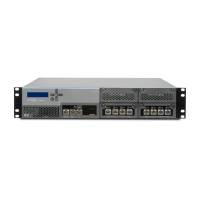CHAPTER 19
Alarm Messages
•
Understanding Alarms on page 145
•
Interface Alarm Messages on page 146
•
Chassis Alarm Messages on QFX5100, QFX5110, and QFX5200 Switches on page 147
Understanding Alarms
The QFX Series and OCX Series support different alarm types and severity levels.
Table 34 on page 145 provides a list of alarm terms and definitions that may help you in
monitoring the device.
Table 34: Alarm Terms and Definitions
DefinitionTerm
Signal alerting you to conditions that might preventnormal operation. On the device, alarm indicators might
include the LCD panel and LEDs on the device. The LCD panel (if present on the device) displays the chassis
alarm message count. Blinking amber LEDs indicate yellow alarm conditions for chassis components.
Alarm
Failure event that triggers an alarm.Alarm condition
Seriousness of the alarm. The level of severity can be either major (red) or minor (yellow).
•
Major (red)—Indicates a critical situation on the device that has resulted from one of the following
conditions. A red alarm condition requires immediate action.
•
One or more hardware components have failed.
•
One or more hardware components have exceeded temperature thresholds.
•
An alarm condition configured on an interface has triggered a critical warning.
•
Minor (yellow or amber)—Indicates a noncritical condition on the device that, if left unchecked, might
cause an interruption in service or degradation in performance. A yellow alarm condition requires
monitoring or maintenance. For example, a missing rescue configuration generates a yellow system
alarm.
Alarm severity
levels
145Copyright © 2017, Juniper Networks, Inc.
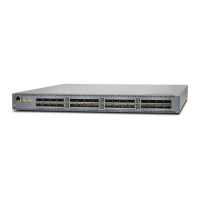
